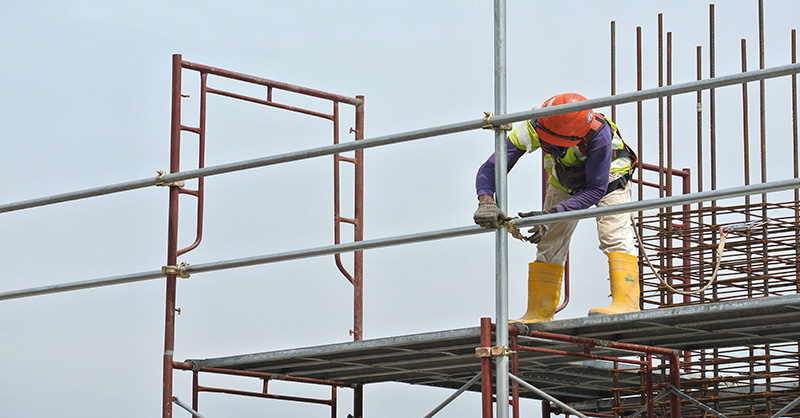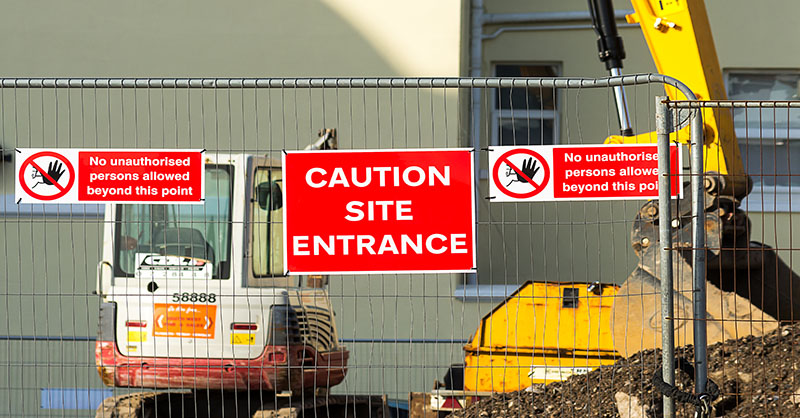Apply Ergonomic Best Practices When Working from Home or on the Road

Employees should apply sound ergonomic principles, even when they are not in a traditional office environment.
Whether working at home or while traveling, musculoskeletal injury risk from working at a computer can be reduced with proper posture, good work habits and appropriately adjusted equipment. The following tips should help minimize potential risk factors and maximize your comfort.
Table/Desk
- Use a desk between 28-30 inches in height, a height that allows your elbows to bend at a neutral/natural 90-degree angle. Desk thickness should not exceed 2 inches.
- Allow for adequate leg room with a minimum of 18-inch depth and 24-inch knee width.
- Desks should provide depth to place the monitor at least 18-20 inches from the user.
- If a desk is not available, use a dining table with a height-adjustable chair. Refrain from working on a kitchen countertop or while sitting on the floor.
- Refrain from using lap desks for long periods.
Chair
If possible, use an adjustable chair with the following features:
- Pneumatic height adjustment
- Lumbar back support
- Height-adjustable seat back with locking function
- Adjustable depth seat pan
- Padded armrests that are height and depth adjustable with rounded edges (Optional)
Additional considerations include the following:
- Consider sitting on a small, moderately firm pillow to place the seated elbow height at the level of the keyboard and mouse. A thin pillow can be used to provide additional support to the lower back.
- Refrain from sitting on very soft couches; they do not support the body evenly during extended sitting.
- Stand, stretch and/or walk after sitting for two hours.
Keypad/Mouse
- Utilize a keyboard and mouse if possible.
- If the desk height is above 30 inches, consider a height-adjustable keyboard tray.
- Ensure the mouse is next to the keyboard.
- Ensure that keyboard and mouse cord lengths are adequate and free of tangles or use wireless peripherals.
- The keyboard and mouse should be near the edge of the table.
- Avoid planting the wrists during keyboard and mouse use.
- Use a small rolled-up towel or a gel wrist rest for palm support when typing.
- When using a laptop for prolonged periods, use an external keyboard and mouse.
Monitor
- Position the monitor directly in front of the body at roughly an arm’s length away.
- Dual monitors should be positioned more than an arm’s length away and in an arc.
- Large monitors should also be positioned more than an arm’s reach.
- The top two-thirds of the monitor(s) should fall within eye level.
- Use a small box, reams of paper, books, etc., to raise the height of the monitor(s) or laptop.
- Position monitors away from direct sunlight.
Office Accessories
- A footrest is often needed to support the feet when your chair is raised to work at the desk height.
- Consider a headset if you are on the phone for more than two hours per day.
- Use a document holder or angle a clipboard near the monitor, and view documents at/or close to the same height as the monitor.
- Use a small box, reams of paper or a phone book to support your feet if a footrest is not available.
- Use a speakerphone for long or frequent calls if a headset is not available.
Lighting
- Change the orientation of the workstation if glare or reflection is present.
- Task lighting can be used to highlight documents and desktop areas.
- Lamps with diffusers or shields can help reduce glare.
- Light from lamps should not directly face the eyes.
- Avoid facing windows without shades or curtains.













